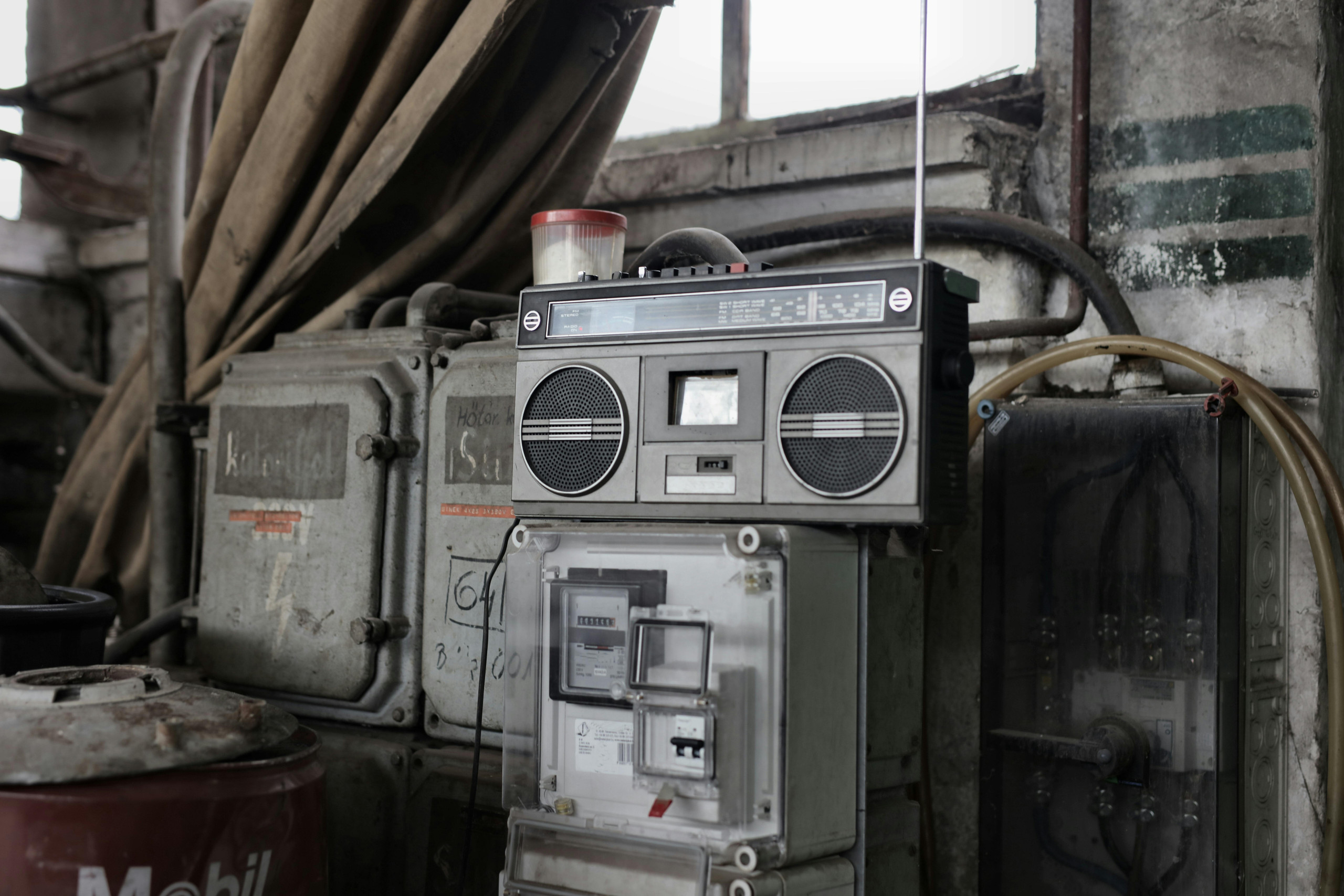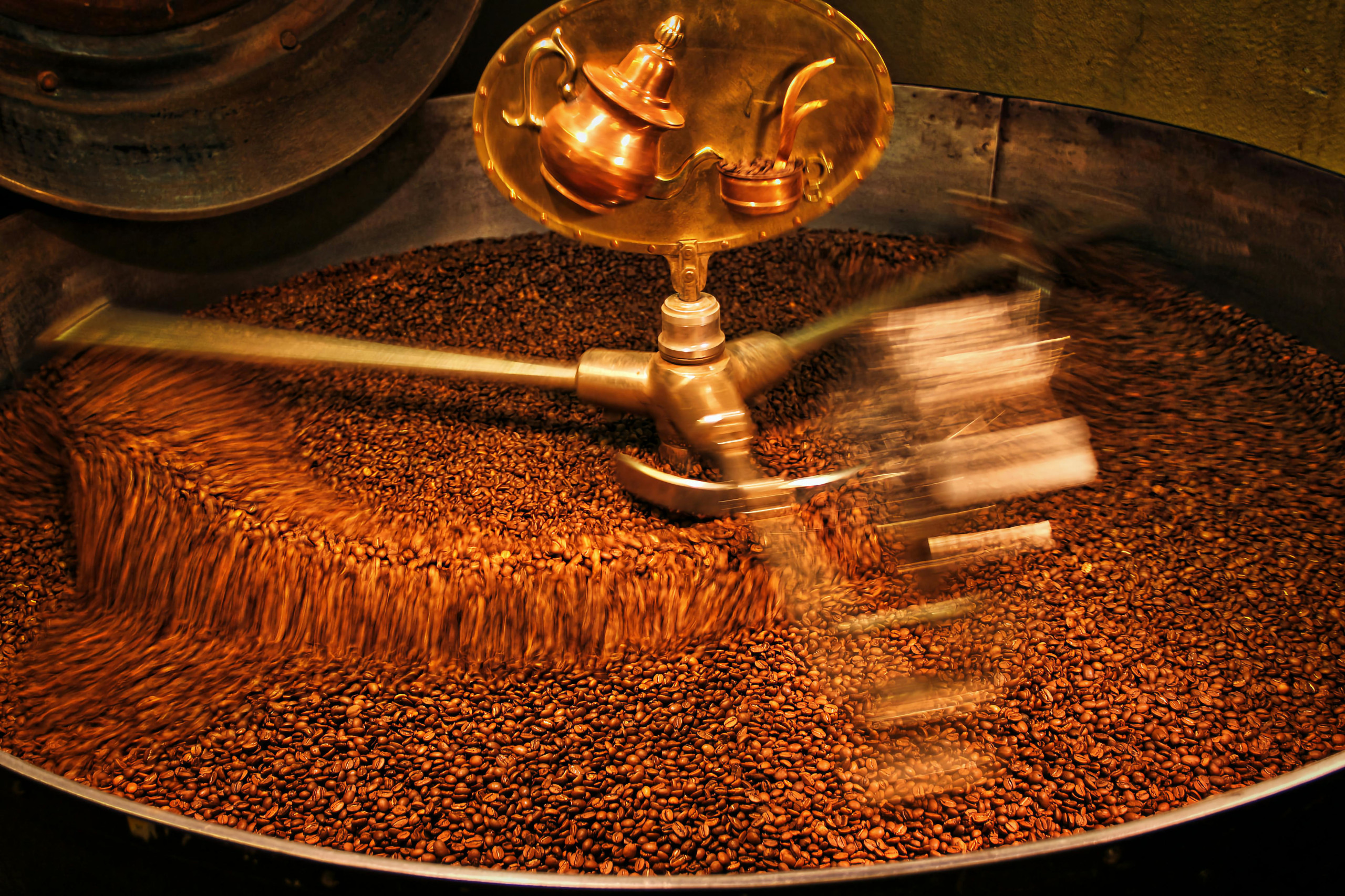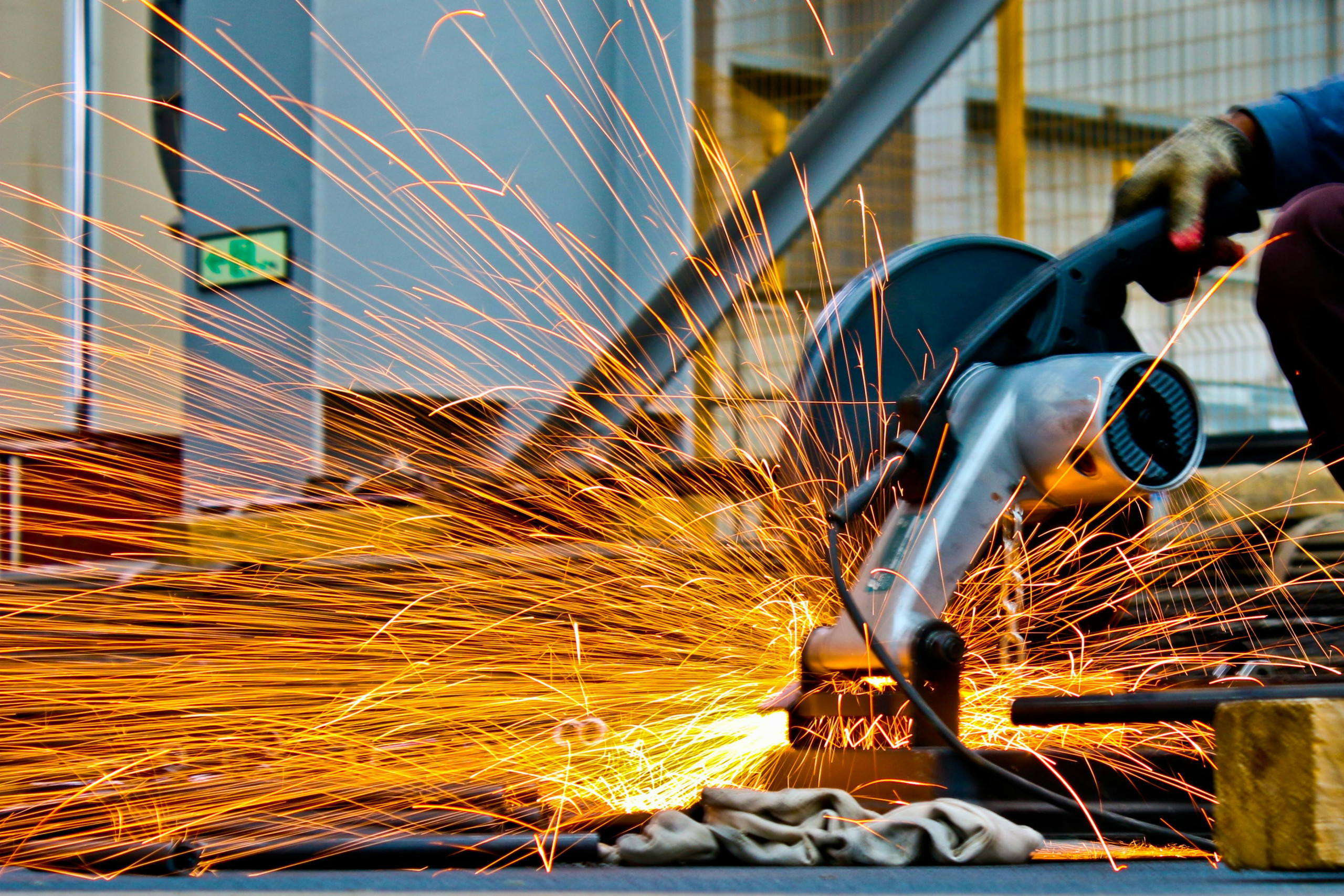In this captivating article, you will embark on a fascinating journey into the past and present of heavy-duty die grinder technology. Discover the intriguing history behind these powerful tools that have revolutionized various industries. From their humble beginnings to their modern-day advancements, you will gain valuable insights into the evolution of this indispensable tool. Join us as we unravel the advancements and innovations that have shaped the heavy-duty die grinder technology landscape and continue to drive efficiency and precision in manufacturing and construction processes. Get ready to be amazed by the incredible journey of these mechanical marvels.
Early Origins of Die Grinders
The Invention of Pneumatic Tools
The history of die grinders can be traced back to the invention of pneumatic tools in the late 19th century. Pneumatic tools, also known as air tools, utilize compressed air as their power source. The introduction of pneumatic tools revolutionized various industries by providing a more efficient and reliable means of powering tools.
The Emergence of Die Grinders
Die grinders, as we know them today, emerged in the early 20th century as an extension of pneumatic tools. These handheld power tools were specifically designed for grinding, honing, and polishing applications. With their compact size and high rotational speed, die grinders quickly gained popularity in industrial settings where precision and efficiency were paramount.
Initial Applications and Functionality
Initially, die grinders were predominantly used in metalworking industries for tasks such as deburring, shaping, and finishing metal surfaces. The small size and maneuverability of die grinders allowed operators to reach tight and intricate spaces with ease, making them invaluable tools in industries such as automotive, aerospace, and construction. Furthermore, die grinders were also utilized in woodworking and even dental applications, showcasing their versatility and adaptability.
Advancements in Design and Functionality
Introduction of Electric Die Grinders
In the mid-20th century, a significant advancement in die grinder technology occurred with the introduction of electric die grinders. These models replaced the need for compressed air, offering greater convenience and portability. Electric die grinders quickly became popular amongst hobbyists and DIY enthusiasts due to their affordability and ease of use.
Enhancements in Power and Speed
As technology advanced, so did the power and speed capabilities of die grinders. Manufacturers began to develop models with higher horsepower motors and variable speed controls, allowing operators to tailor the tool’s performance to specific applications. This enhanced power and speed resulted in improved efficiency and productivity, enabling operators to tackle more demanding tasks with ease.
Ergonomic Improvements
Another notable advancement in die grinder design was the focus on ergonomics. Manufacturers started incorporating ergonomic features such as rubberized grips and vibration reduction systems to minimize operator fatigue and increase comfort during prolonged use. These ergonomic improvements not only enhanced operator experience but also contributed to increased safety by reducing the risk of accidents caused by operator fatigue.

Industrial Applications and Heavy-Duty Use
Die Grinders in Manufacturing
Die grinders found widespread adoption in manufacturing industries, where their versatility and precision were highly valued. From metal fabrication to mold making, die grinders became an essential tool for deburring, polishing, and grinding applications. The ability to remove material with precision and efficiency made die grinders indispensable in achieving high-quality finished products.
Increased Power and Durability
As industrial applications for die grinders expanded, the need for more robust and durable tools became evident. Manufacturers began to develop heavy-duty die grinders with stronger motors, reinforced housing, and improved internal components. These advancements in power and durability allowed die grinders to withstand the rigors of heavy use in industrial environments, prolonging their lifespan and reducing maintenance costs.
Specialized Accessories and Attachments
To further enhance the versatility of die grinders, manufacturers introduced specialized accessories and attachments. From carbide burrs and grinding wheels to sanding drums and wire brushes, these attachments allowed operators to adapt their die grinders for a wide range of applications. The availability of such accessories expanded the possibilities for die grinder users, enabling them to tackle various tasks with a single tool.
Safety Considerations and Regulations
Protective Measures for Operators
With the increasing power and speed capabilities of die grinders, ensuring operator safety became a top priority. Manufacturers began incorporating safety features such as adjustable safety guards and anti-kickback mechanisms into their die grinder designs. Additionally, operators were also advised to wear personal protective equipment, including safety glasses, gloves, and hearing protection, to minimize the risk of injuries during tool operation.
OSHA Guidelines and Compliance
The Occupational Safety and Health Administration (OSHA) established guidelines and regulations to promote the safe use of die grinders in industrial settings. These guidelines cover various aspects, including proper tool handling, operator training, and maintenance procedures. Complying with these OSHA regulations is crucial for companies to maintain a safe working environment and protect their employees from potential hazards associated with die grinder operations.
Safety Innovations in Die Grinder Technology
In recent years, advancements in die grinder technology have focused on further enhancing safety. For example, some manufacturers have introduced electronic braking systems that quickly stop the rotation of the grinding wheel once the tool is switched off, reducing the risk of accidental contact. Furthermore, improved dust collection systems have been implemented to minimize the exposure to hazardous airborne particles generated during grinding operations.

Digital Advancements and Automation Integration
Integration of IoT and Industry 4.0
With the rise of the Internet of Things (IoT) and Industry 4.0, die grinder technology has started to integrate digital advancements. Smart die grinders equipped with sensors can now communicate data in real-time, providing valuable insights into tool performance, maintenance needs, and operator behavior. This integration of IoT enables companies to optimize their operations, improve productivity, and minimize downtime.
Automated Die Grinders
Automation has also made its way into die grinder technology, with the development of automated die grinders. These machines can be programmed to perform specific grinding tasks without the need for manual intervention. Automated die grinders are particularly useful in industrial applications where repetitive grinding operations are required, allowing operators to focus on more complex tasks.
Remote Control and Monitoring
Remote control and monitoring capabilities have further enhanced the efficiency and safety of die grinder operations. With the use of wireless technology, operators can control and monitor multiple die grinders from a centralized location, eliminating the need for physical proximity to the tools. This remote control functionality enables operators to work in hazardous environments or access hard-to-reach areas while maintaining control over the die grinder’s operation.
Environmental Impact and Sustainability
Efficiency and Energy Consumption
Efficiency and energy consumption have become key considerations in die grinder design as companies strive to reduce their environmental impact. Manufacturers have been developing energy-efficient die grinders that optimize power usage without sacrificing performance. These energy-efficient models not only minimize the carbon footprint associated with tool operation but also result in cost savings for businesses.
Reducing Carbon Footprint
In addition to energy efficiency, die grinder manufacturers are also addressing the carbon footprint through the use of eco-friendly materials and manufacturing processes. By utilizing recycled materials and implementing sustainable production practices, die grinder manufacturers contribute to the preservation of natural resources and the reduction of greenhouse gas emissions.
Recycling and Responsible Disposal
To further promote sustainability, die grinder manufacturers have taken steps to ensure the proper recycling and responsible disposal of their products. Many components of die grinders, such as motors, housings, and electronics, can be recycled, reducing the amount of waste sent to landfills. Additionally, manufacturers are incorporating design elements that facilitate disassembly and recycling at the end of a die grinder’s lifespan.

Innovations in Cutting and Grinding Technology
High-Speed Grinding Techniques
In recent years, advancements in cutting and grinding technology have revolutionized die grinder performance. High-speed grinding techniques, such as high-frequency and ultrasonic grinding, have emerged, offering faster material removal rates and improved surface finishes. These techniques have expanded the capabilities of die grinders, allowing them to tackle even more challenging materials and applications.
New Materials and Coating Solutions
As industries have adopted new materials for their products, die grinder manufacturers have responded by developing cutting and grinding solutions specifically designed for these materials. From aerospace-grade alloys to advanced composites, die grinders equipped with specialized abrasive materials and coatings can effectively shape and finish these materials without compromising their integrity.
Precision and Accuracy Improvements
Die grinder technology has continuously evolved to deliver greater precision and accuracy in grinding operations. Innovations such as improved bearing systems, advanced control mechanisms, and automated feedback systems have contributed to enhanced control over material removal, resulting in precise and consistent grinding results. This level of precision is particularly crucial in industries that demand high-quality finishes and tight tolerances.
Integration with Other Power Tools and Systems
Combination with Rotary Tools
Die grinders have found compatibility with rotary tools, leading to the development of versatile tool combinations. By integrating a die grinder with a rotary tool, operators can switch between grinding, cutting, and polishing functions with ease, eliminating the need for multiple tools. This combination of functionalities offers convenience and efficiency in various applications, from jewelry making to precision machining.
Integration with CNC Machines
The integration of die grinders with Computer Numerical Control (CNC) machines has opened up new possibilities in automated grinding operations. CNC machines equipped with die grinders can perform intricate grinding tasks with extreme precision and repeatability, resulting in consistent and high-quality finished products. This integration allows for a seamless workflow and eliminates the need for manual grinding in CNC machining processes.
Linking with Compressed Air Systems
Despite the advancements in electric die grinder technology, the reliance on compressed air still holds significance in certain industries. Die grinder manufacturers have developed solutions to link electric die grinders with compressed air systems, providing the benefits of electric tools while utilizing the compressed air infrastructure already in place. This integration ensures compatibility and flexibility for industries that continue to rely on compressed air power sources.
Future Trends and Emerging Technologies
Wireless Charging and Battery Technology
The future of die grinder technology is likely to involve wireless charging and advancements in battery technology. The introduction of wireless charging stations for die grinders can offer greater convenience and flexibility, eliminating the need for cumbersome power cords. Moreover, advancements in battery technology will lead to longer-lasting and more powerful batteries, further enhancing the performance and portability of die grinders.
Increased Automation and Artificial Intelligence
Automation and artificial intelligence (AI) are expected to play a significant role in the future of die grinders. The integration of AI algorithms can optimize grinding processes, automatically adjusting parameters based on real-time data to achieve optimal results. Additionally, increased automation in die grinder tasks will free up operators to focus on more complex and creative aspects of their work, leading to greater overall productivity.
Adoption of Virtual and Augmented Reality
The adoption of virtual and augmented reality technologies is likely to revolutionize the way operators interact with die grinders and perform grinding tasks. These technologies can provide operators with real-time visual and auditory feedback, allowing for enhanced precision and control. By overlaying digital information onto physical objects, virtual and augmented reality can also facilitate training programs and simulations, improving operator skills and safety.
Conclusion
Throughout history, die grinders have evolved from humble pneumatic tools to versatile and powerful handheld devices that have transformed various industries. From their early origins in metalworking to their integration with automated systems, die grinders have showcased their adaptability and efficiency. With ongoing advancements in technology, die grinders will continue to play a vital role in industrial processes. As we look towards the future, wireless charging, increased automation, and the adoption of virtual and augmented reality are just some of the trends that will shape the next generation of die grinder technology. The journey of die grinders highlights the constant pursuit of efficiency, safety, and sustainability, ultimately contributing to the progress of industrial processes worldwide.



